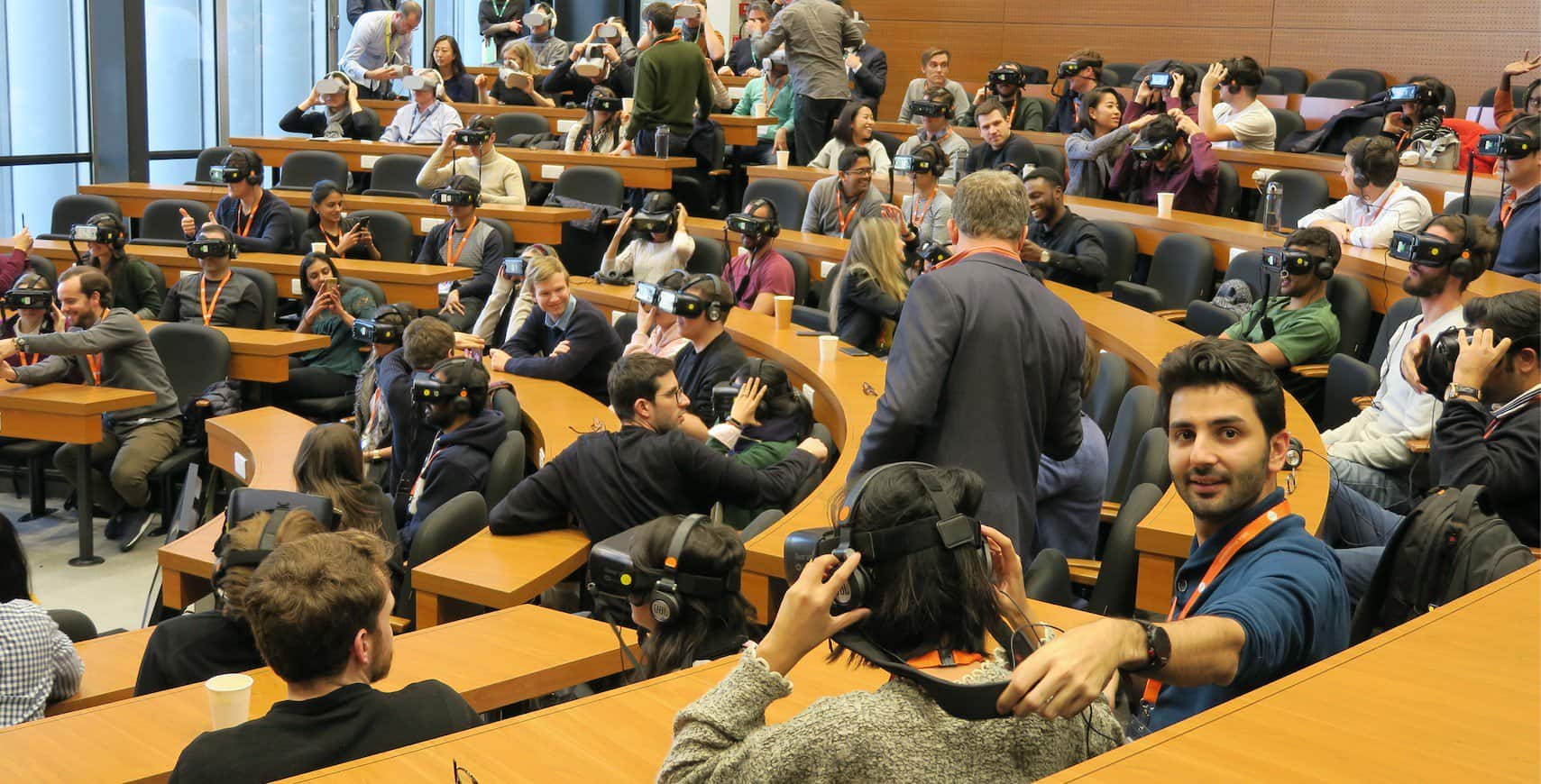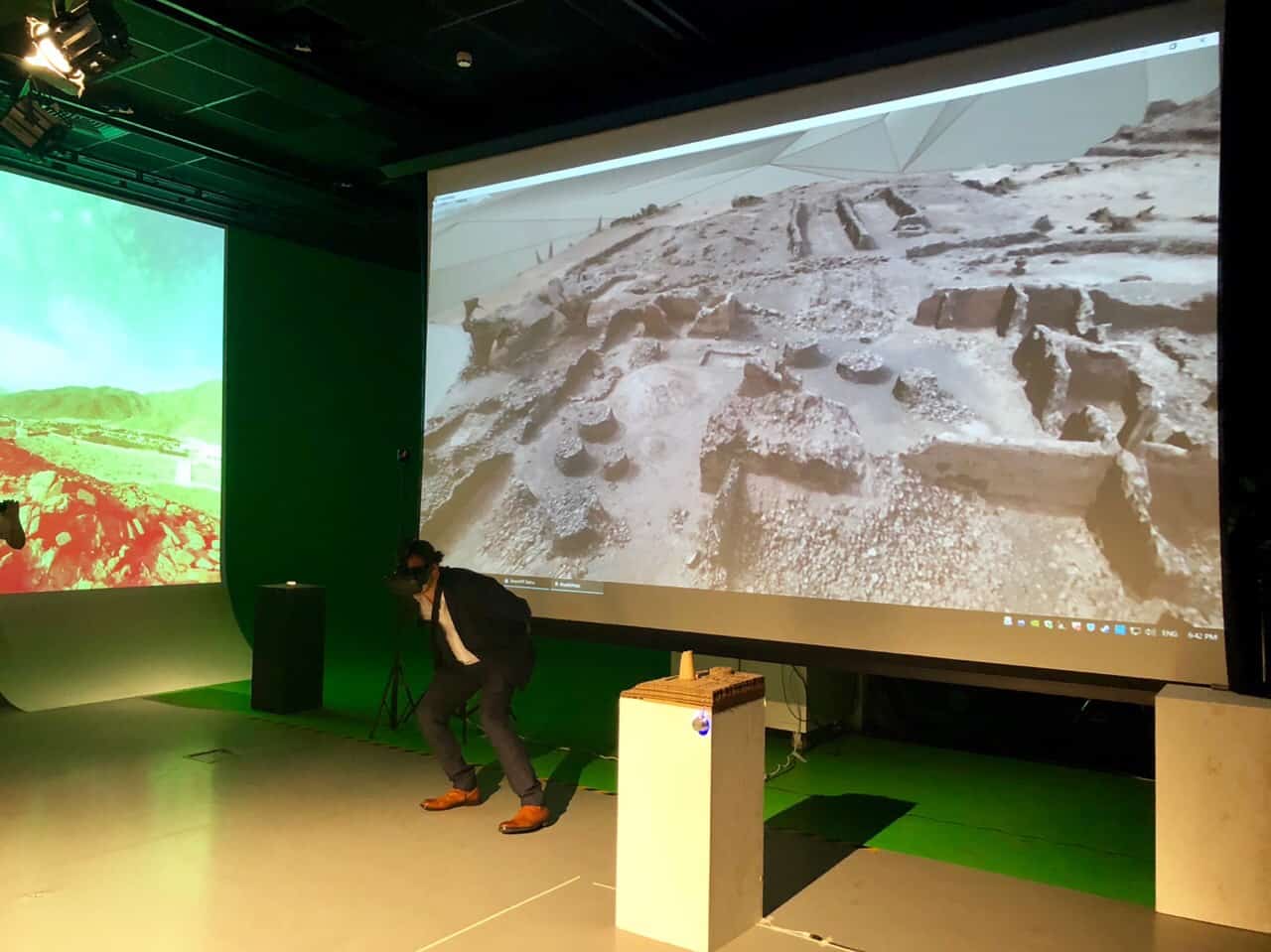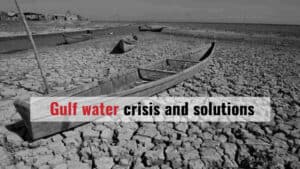When virtual reality technology was initially introduced into classrooms, it was promoted as a way for students to travel beyond the borders of a school and visit locations they would not otherwise be able to visit.
That’s precisely what happened in the latest masterclass, “Mission to Mars,” at INSEAD, the World Business School with a campus in Abu Dhabi, where participants used VR headsets to go to the red planet. They moved between the immersive journey and the classroom, discussing, and examining the different situations.
INSEAD launched its VR Immersive Learning Initiative pre-pandemic in 2019 to boost engagement, knowledge retention, and personalization of learning. Today, more than 4,500 MBA and executive education participants have experienced VR as part of INSEAD programs worldwide, both remotely and in classrooms at its campuses in France, Singapore, and Abu Dhabi.

Speaking to TRENDS, Ithai Stern, INSEAD Professor of Strategy and Academic Director of VR Immersive Learning Initiative, explained how virtual reality (VR) would be applied to enhance the learning experience for those enrolled in the school’s Global Executive Master of Business Administration (GEMBA) program.
“We’ve been using what we call the case method, where we give people a specific situation and ask them to make decisions aided by the frameworks and models that we’ve taught them in the classroom,” he said, adding that “VR revolutionizes the traditional case study method that business schools have been using for over a century. It has advanced to the point where we can transform the way we teach rather than rely on individuals.”
Stern pointed out that virtual reality tools cannot replace existing executive educational tools and approaches; instead, it will add a new dimension to the classroom – both virtually and physically – without taking anything away, all aspects of the educational process can enhance it by allowing teachers and students to engage in new experiences.
The Mission to Mars Experience
INSEAD developed the Mission to Mars since it is a topic many people are interested in. It’s far more about team decision-making and leadership, which are two much more general topics.
This mission provides participants with several advantages, including a highly personalized experience that responds to real-time head movements, allowing executives to think through a situation in a safe and controlled environment, making decisions without feeling judged by other participants, and sensing pressures from any management that may also be participating.
Virtual reality experiences teach participants a lot about themselves in a concise time frame. It is preceded and followed by an in-depth collective discussion to maximize the individual’s insights and detour from the more standard classroom format.
“Through an immersive 3D simulation involving scripts and actors, participants can be plunged into a lifelike conference room setting with a debate in full swing, or a tense close-quarters negotiation with fraught power dynamics on display,” Professor Stern said. “Just as they would in life, they must use their wits and powers of perception to come to grips with the situation and determine next steps.”
Virtual reality experiences teach participants a lot about themselves in a concise time frame. It is preceded and followed by an in-depth collective discussion to maximize the individual’s insights and detour from the more standard classroom format.
Professor Stern noted that INSEAD invests heavily in business as a force for good; thus, the mission to Mars begins with a clear message: “Hey, we need to go to Mars because we’ve managed to ruin this planet with environmental issues and, and so the year is 2055, and that’s where we are”.

Technology as an engaging tool
In a recent Price Waterhouse Coopers study, learners who underwent inclusive leadership training via virtual reality felt more connected to the material and were more focused. At the same time, learning took less time to train and were more confident about applying what they had learned than peers who took the same course in the classroom or online.
According to Stern, INSEAD uses technology to improve the educational process by optimizing, personalizing, customizing, and saving resources.
“In Mars Mission, we understood that one of the main factors that increase people’s likelihood of remembering is when their experience becomes more personal and when it becomes much deeper. Technology plays a crucial role in this situation,” he mentioned.
He went on to say that technology like virtual reality and simulations allow people to encounter many kinds of mistakes along their journey. “When you’ve made these mistakes, you’ll return to the classroom with the moderator and discuss them. As a result, you understand, analyze, and then repeat the process with your newfound knowledge, but this time correctly. It is here that learning occurs .”
Furthermore, the VR technology is also allowing schools to begin customizing personalized programs. Each student or participant’s learning journey will be unique, and the more we can personalize and customize it to their specific needs, the more value they’ll get out of it.
“We’ve recently found that students, particularly in business schools, are accepting and loving this new form of teaching and are diverting from traditional learning methods. As a result, I’m observing how successful it is in numerous ways and how high the learning curve for these technologies is. Students like it because they recognize the effort that goes into making their educational experience better, and it’s as simple to use as their phones and laptops,” Stern noted.
Technology also helps keep students on the edge of their seats all the time; otherwise, according to Stern, they’d rather talk to their colleagues, look at WhatsApp, or do something else. This technology enables us to maintain the full engagement and attention of the participants consistently.







